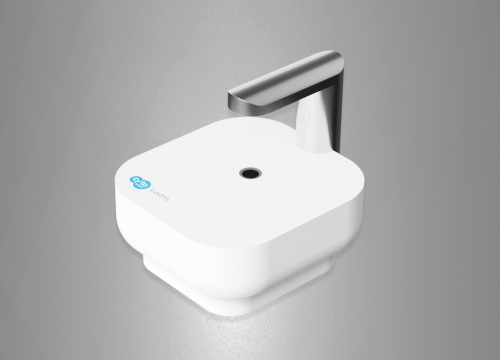Authors: Yuan Y, Spate LD Redel BK, Tian Y, Zhou J, Prather RS, Roberts RM.
PNAS, 2017
Assisted reproductive technologies in all mammals are critically dependent on the quality of the oocytes used to produce embryos. For reasons not fully clear, oocytes matured in vitro tend to be much less competent to become fertilized, advance to the blastocyst stage, and give rise to live young than their in vivo-produced counterparts, particularly if they are derived from immature females. Here we show that a chemically defined maturation medium supplemented with three cytokines (FGF2, LIF, and IGF1) in combination, so-called “FLI medium,” improves nuclear maturation of oocytes in cumulus–oocyte complexes derived from immature pig ovaries and provides a twofold increase in the efficiency of blastocyst production after in vitro fertilization. Transfer of such blastocysts to recipient females doubles mean litter size to about nine piglets per litter. Maturation of oocytes in FLI medium, therefore, effectively provides a fourfold increase in piglets born per oocyte collected. As they progress in culture, the FLI-matured cumulus–oocyte complexes display distinctly different kinetics of MAPK activation in the cumulus cells, much increased cumulus cell expansion, and an accelerated severance of cytoplasmic projections between the cumulus cells outside the zona pellucida and the oocyte within. These events likely underpin the improvement in oocyte quality achieved by using the FLI medium.
